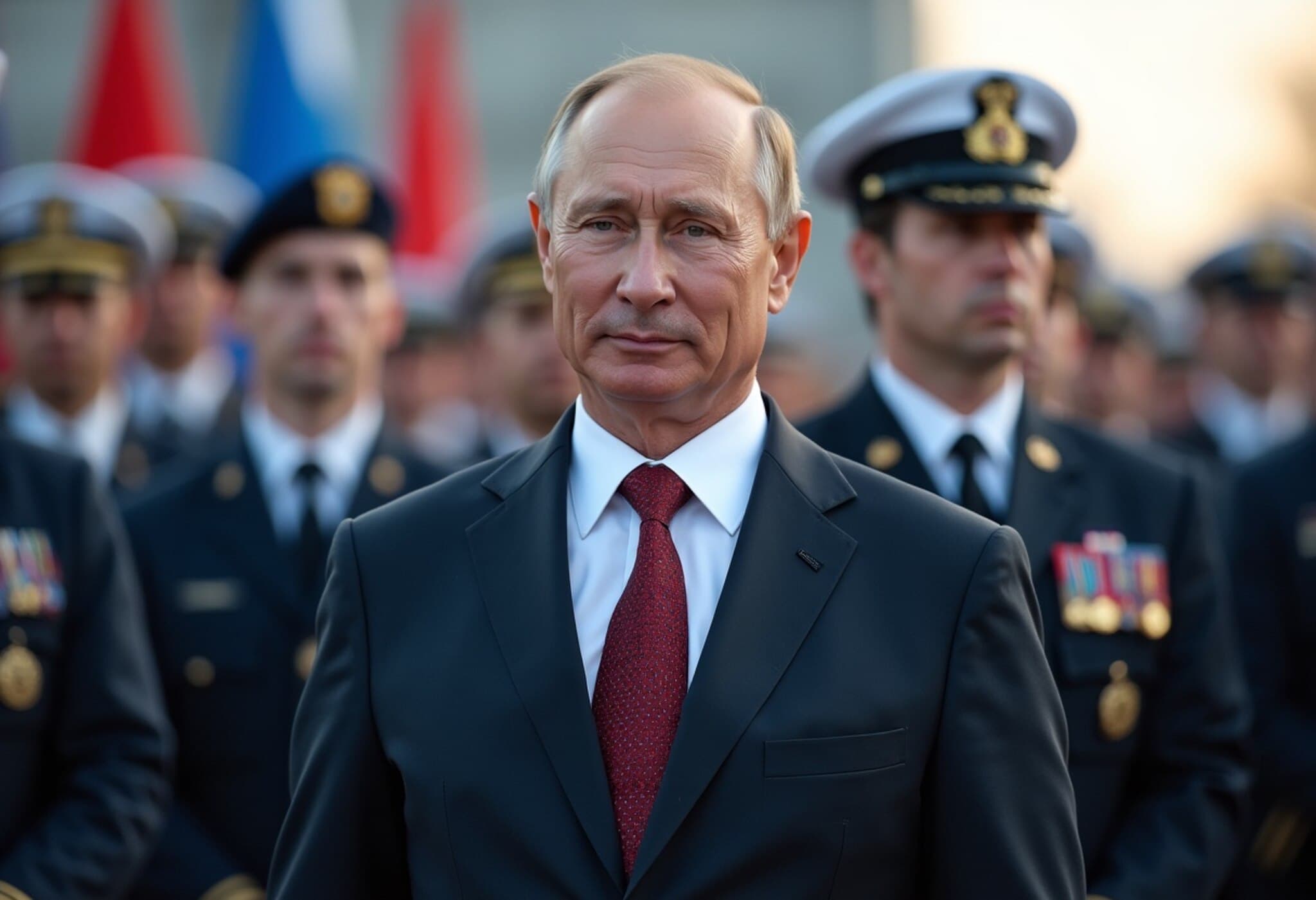Germany Faces Tough Choice on NATO's Increased Defense Budget
Germany, Europe's largest economy, is confronting a significant financial challenge as NATO moves toward raising the defense spending target for its member countries to 5% of their GDP. Currently allocating about 2% of its gross domestic product to defense, Germany supports the U.S.-backed initiative but may struggle to meet this ambitious new goal.
Understanding the New NATO Spending Guidelines
The alliance's revised framework calls for member states to dedicate 3.5% of GDP to traditional defense efforts, with an additional 1.5% aimed at broader security areas such as infrastructure and cybersecurity.
While some members voice concerns over their capacity to increase military budgets, Germany has expressed backing for the plan. However, there remain lingering doubts about whether the country can realistically boost its defense spending by such a wide margin.
Financial Implications and Potential Burdens
Raising Germany's defense expenditure from the current 2% to 5% would compel the government to funnel tens of billions of euros more annually into military spending. Chancellor Friedrich Merz highlighted that 1% of Germany's GDP corresponds to roughly €45 billion.
This steep rise in costs will likely necessitate borrowing, potentially increasing the nation's debt load. Economic experts warn that this move could ignite redistribution conflicts within Germany’s federal budget, sparking debates over taxes and cuts in other areas.
Moreover, while Germany has enacted policies to ease debt restrictions for defense spending and created a substantial special infrastructure fund amounting to €500 billion, the rising debt would push up interest payments over time, putting additional strain on public finances.
Long-term reliance on borrowing to cover these expenses is viewed as unsustainable by analysts.
EU Fiscal Rules: A Potential Roadblock?
Complicating matters, European Union fiscal regulations impose limits on member countries’ debt levels. Some exceptions exist, allowing temporary relief under extraordinary circumstances—including defense needs—which Germany and others may invoke to justify elevated military spending.
Is Meeting the 5% Target Realistic?
Experts believe that Germany could technically achieve the 5% GDP defense spending mark in the short term. However, sustaining such expenditure over the medium and long term would require major structural reforms within public budgets.
According to senior economists, although the EU is unlikely to strongly oppose these changes, implementing them swiftly remains doubtful. Even achieving the intermediate target of 3.5% by 2027 could prove challenging.
Past spending patterns indicate that reaching such high defense levels would be unprecedented for Germany but not impossible if given sufficient time and political will.
A key factor moving forward will be whether the additional 1.5% for security-related expenses reflects new outlays or can be managed within existing funds.
Conclusion
Germany’s commitment to strengthening NATO’s defense posture appears firm, yet practical and fiscal hurdles loom large. Balancing the demands of increased military spending with economic stability and EU rules will test the government's resolve in the coming years.











